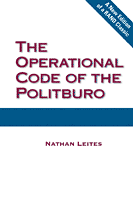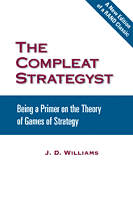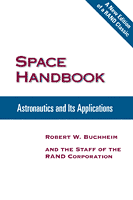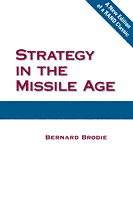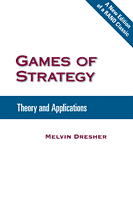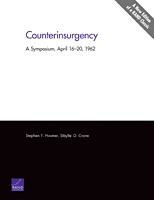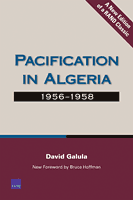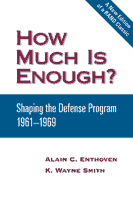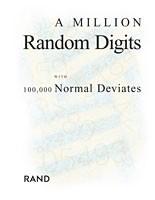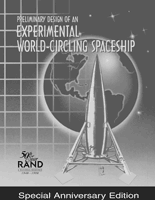After a few years in rented quarters, RAND began to plan for its own building to house its staff, including about 250 researchers. John Williams, head of the Mathematics Division, surfaced the idea for creating a building that would increase the probability of chance personal meetings. Such meetings, he argued, would promote the interdisciplinary aspect of RAND — the use of mixed teams of analysts in addressing a problem. Williams' December 26, 1950 memo to RAND staff built the case for a system of closed courts or patios — which led him to the theory of regular lattices, with average distances between points shown in a two-element matrix. The resulting set of patios, he felt, would ensure the maximum number of chance meetings and at the same time enhance, for the RAND staff, the qualities of privacy, quiet, natural light and air, and spaciousness.

